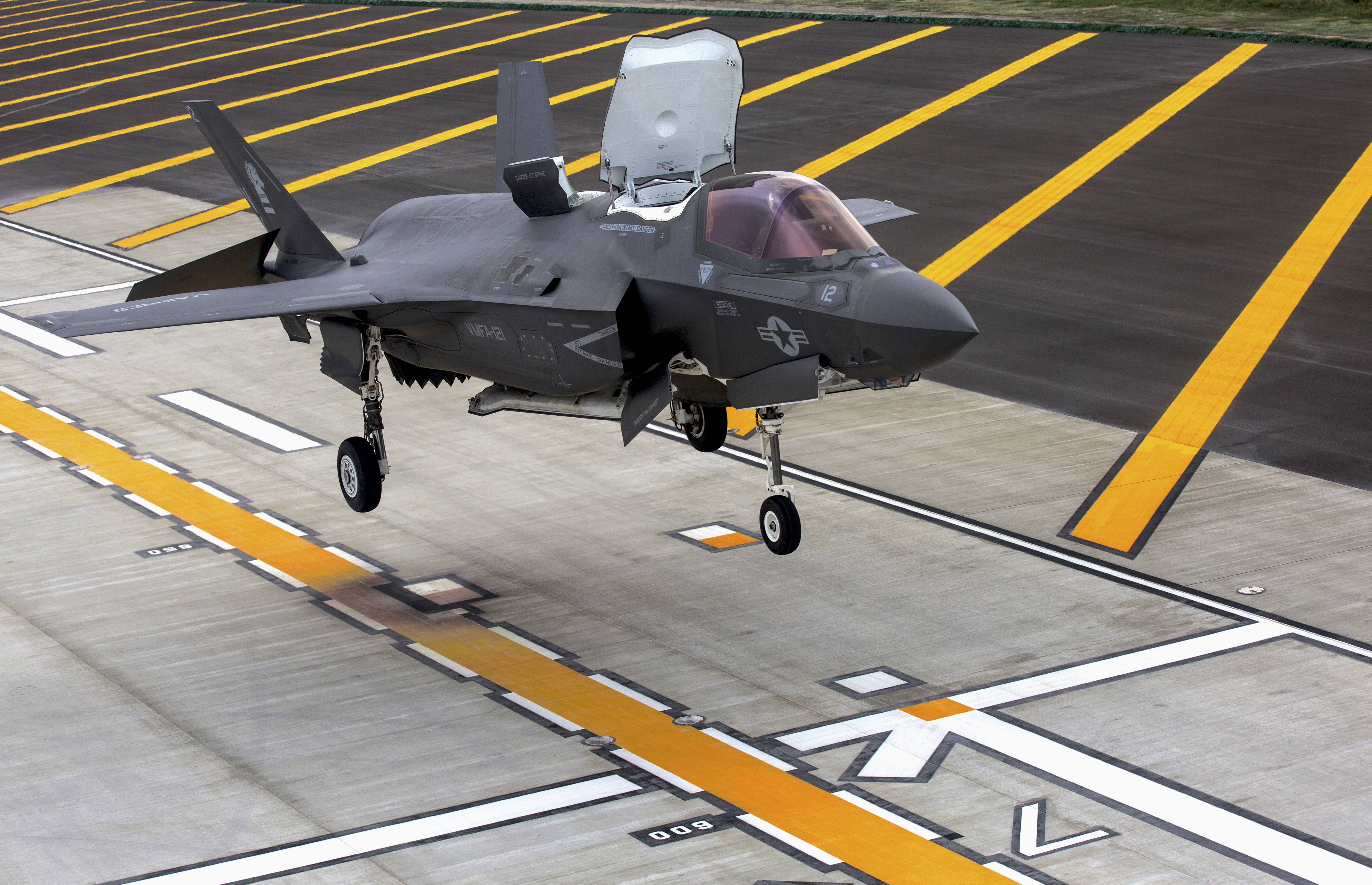
ARLINGTON, Va. – The Marine Corps is learning how to incorporate its new F-35B Joint Strike Fighter jets into its island-hopping concept of Expeditionary Advance Base Operations, with the 31st Marine Expeditionary Unit rehearsing this concept recently in the Pacific.
The Japan-based MEU was the first to operate with the new F-35B, though its experience with the jet has been quite different than that of the 13th MEU and Essex Amphibious Ready Group, which were the first to deploy with the F-35B from the United States and the first to conduct an operational air strike with the Joint Strike Fighter.
The 31st MEU, unique in being the only forward-deployed amphibious group, has been focused on integrating the new jet into its crisis-response and self-defense missions and showing off the new plane to Pacific allies and partners, MEU Commanding Officer Col. Robert Brodie said today at the Potomac Institute for Policy Studies. If a conflict were to emerge in the Pacific, 31st MEU would likely be among the first on the scene and would likely use its island-seizing EABO concept – so, figuring out how to conduct this mission with the new airplane was the focus of a recent exercise on a small Japanese island, Brodie said.
On Ie Shima, off Okinawa, 31st MEU conducted a standard raid and seizure: a recon team jumped in to pave the way for a raid force being flown in to seize the island. Once the island was secured, CH-53E heavy-lift helicopters flew in fuel bladders and ordnance to conduct a forward arming and refueling point (FARP) operation with the F-35Bs.
“We were actually able to set up a refueling point, and our 53s were taking the gas from a bladder and filling up F-35s, and then the F-35s were going and flying missions,” Brodie said.
“That’s kind of the concept we rehearsed there. And the key to this is speed: we did not rush through it because we wanted to be very deliberate and we’re in a learning phase, but I think you could do these types of things relatively quickly if you had the right ground.”
Brodie said the Marines could do this type of operation with either the CH-53E or the MV-22B Osprey, but the MEU has found the helicopter works best.
“We find the 53 works out really well with the F-35, it does a great job pumping gas into it. And I think the 53K will be a tremendous asset when we incorporate it in the future,” he said of the replacement heavy-lift helicopter still under development.
“We utilized our CH-53 with aviation ordnancemen; they just rolled [the munitions] right off, put it right in while the 53 was gassing up the aircraft.”
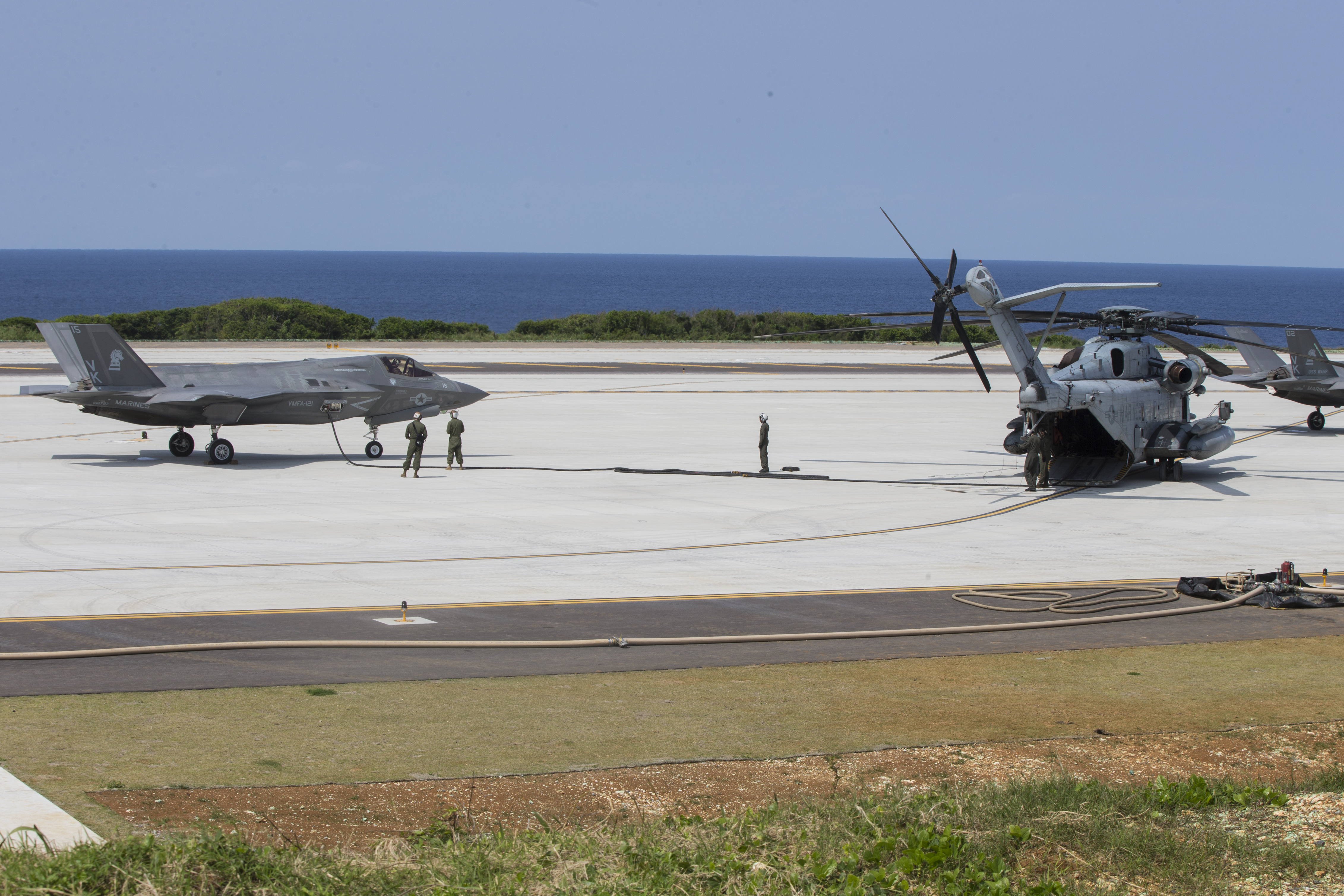
The Marines lease the western side of Ie Shima Training Facility and have built in a replica amphibious assault ship deck – which is separate from the runway where the FARP mission was taking place – so they could simulate the ship-to-shore missions for the helicopters as they supported the movement of fuel, weapons and other supplies to the island that was seized.
Brodie noted “there’s immense utility in being able to just hold ground,” where the Marines could bring people, logistics, radars and more ashore by air or by surface connector.
Practicing the FARP and incorporating the F-35B into that event is just one way the 31st MEU is rehearsing the new way the Marine Corps wants to do business. Commandant Gen. Robert Neller and other service leaders have made a habit of talking about the Marines needing to help the Navy “fight to get to the fight” and be a useful tool in gaining and maintaining sea control. To that end, Brodie said, the 31st MEU also conducted an exercise to defend the three-ship amphibious ready group against a potential threat using the guns on the light armored vehicles (LAVs).
“We actually put our LAVs up on the top of the flight deck of the Wasp (LHD-1) … and we conduct drills to address a potential impending attack on the ship. And it was very unique in the fact that the captain of the ship controls all fires, so he’s working not only his organic fires off his ship, he’s also controlling Marine Corps fires,” Brodie said.
“So I think we showed that that LAV is not only a great system that can be used in a Marine Corps capacity, it’s also a great defense system. It has a gyro-stabilized gun, so it works very well, even with a little bit of pitch and roll in the water. So that was really important.”
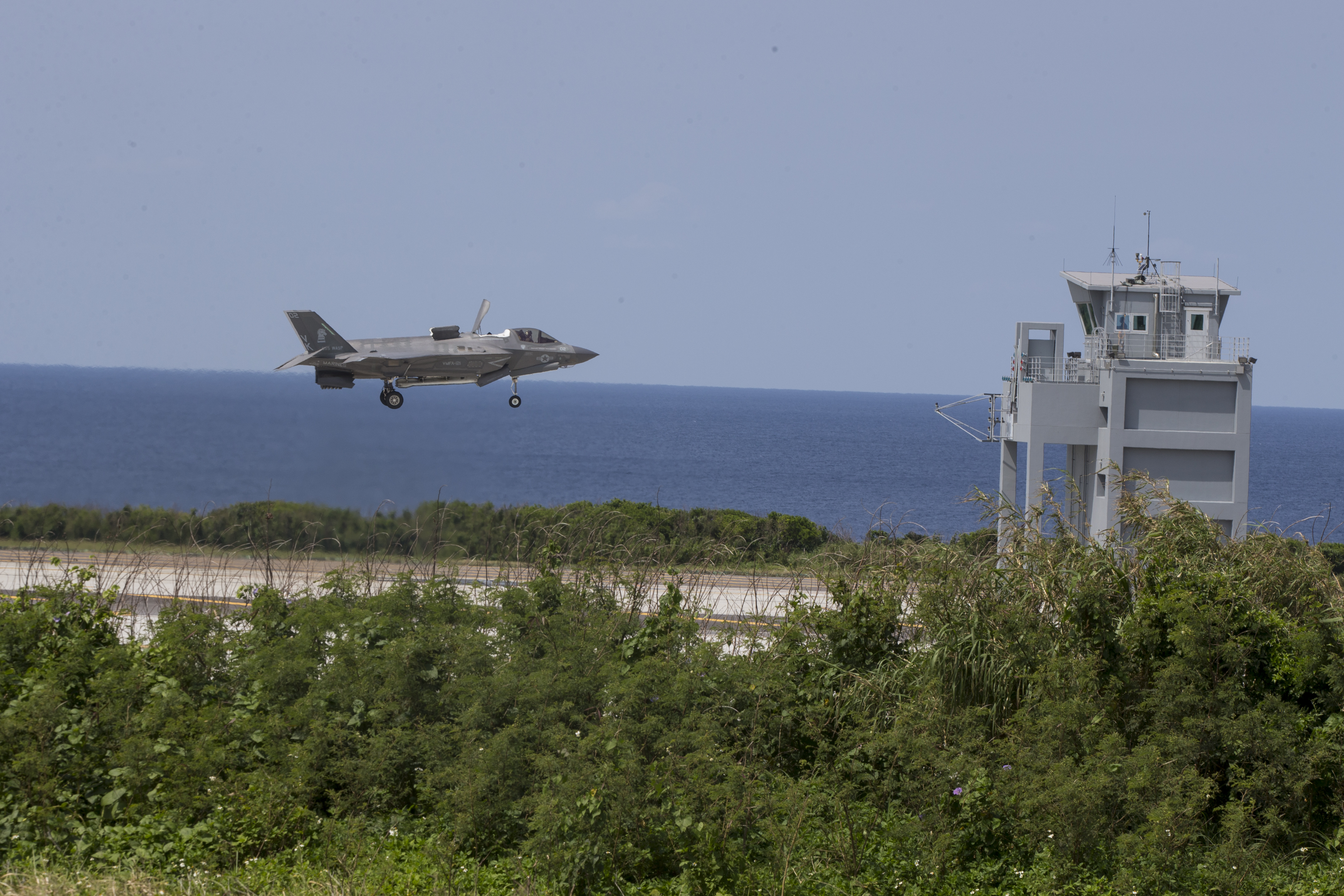
Defending the amphibious task force has been a recent push within 31st MEU, and Brodie said the F-35B could play a role in that mission that its predecessor, the AV-8B Harrier, never could. 13th MEU leadership told the Potomac Institute earlier this month at a similar event that they used the F-35B for blue-water missions the Navy assigned the ARG/MEU team. While the 31st MEU hasn’t gone quite that far yet, Brodie said the JSF would be able to spot and follow surface targets, pass information, conduct armed reconnaissance missions and more to increase the combat capability of the ARG/MEU.
Brodie brought six F-35Bs to sea, supplemented by 10 V-22 Ospreys and four CH-53Es. He said the F-35s maintained an overall readiness rate of 90.5 percent and averaged five of six jets being up and fully mission capable on any given day.
Though the F-35B is known for its fifth-generation stealth capability, the jet can also be loaded up with weapons to serve as a fourth-generation bomb truck, and 31st MEU got to practice with that configuration for the first time outside of a test environment. Brodie said he loaded the jets up with six bombs and two heat-seeking missiles on the external pylons, and the jets dropped 30 precision-guided munitions over three weeks of training in the fourth-gen mode.
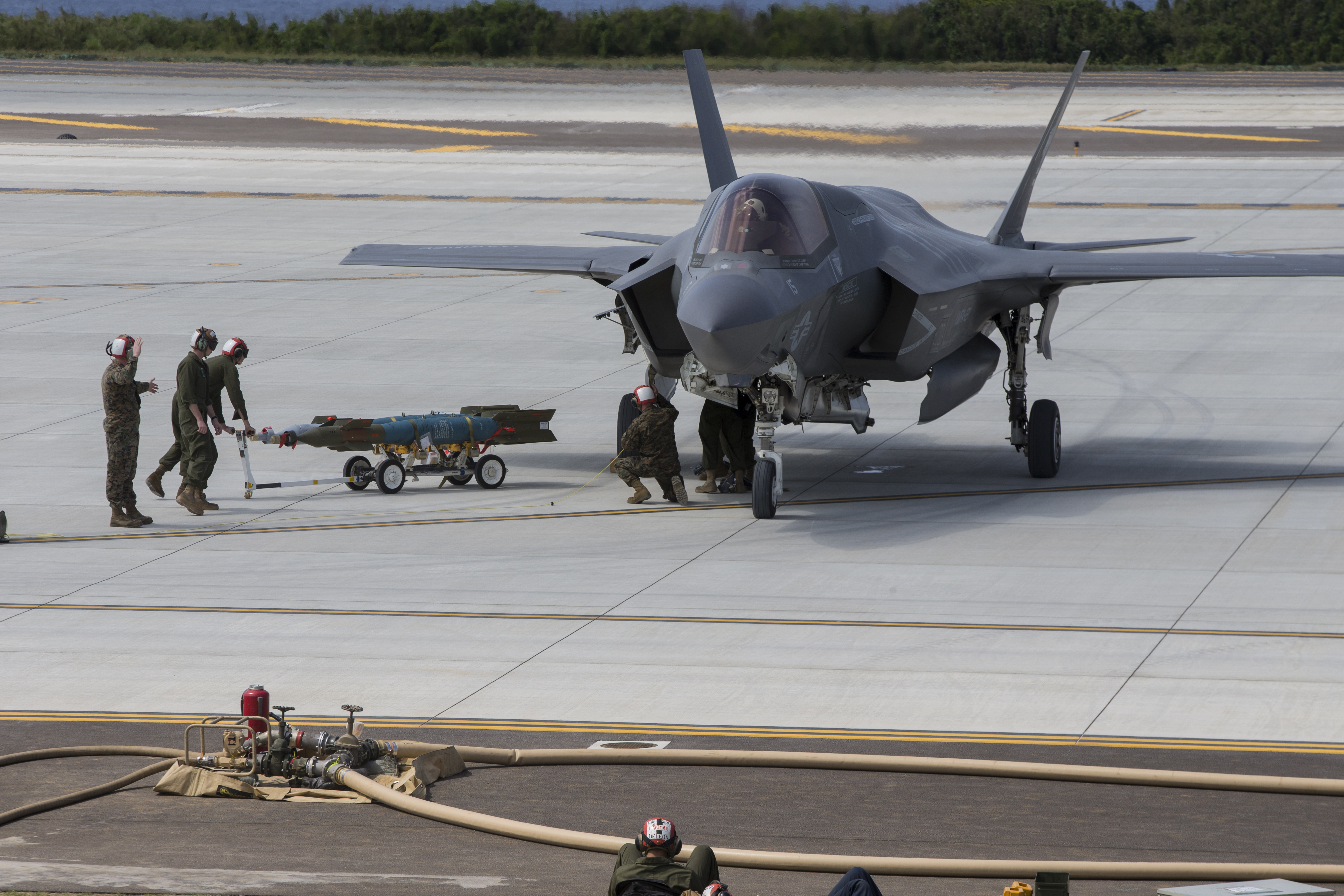
In addition to working through the F-35B’s capabilities and integration into Marine operational plans, Brodie said the 31st MEU’s recent at-sea periods were also focused on partner-building activities.
Following an active typhoon season, the 31st MEU sent elements to the Commonwealth of the Northern Mariana Islands for more than a month to support rebuilding homes and other buildings on Tinian Island. Brodie said the MEU was happy to do this work and show “we are here to support America” because, whereas East Coast MEUs might be assigned to help after a hurricane, for example, 31st MEU mostly supports foreign countries and rarely has a chance to support fellow Americans in their times of need.
The last two floats also included work with forces from South Korea, Japan, Australia, the Philippines, Malaysia, Vietnam, Thailand and more, as well as a presence mission in the East China Sea to deter ship-to-ship transfers of illicit goods at sea.
Exercise KAMANDAG in the Philippines was a highlight of the recent deployment cycle, Brodie said, due to Japan sending its newly established Amphibious Rapid Deployment Brigade.
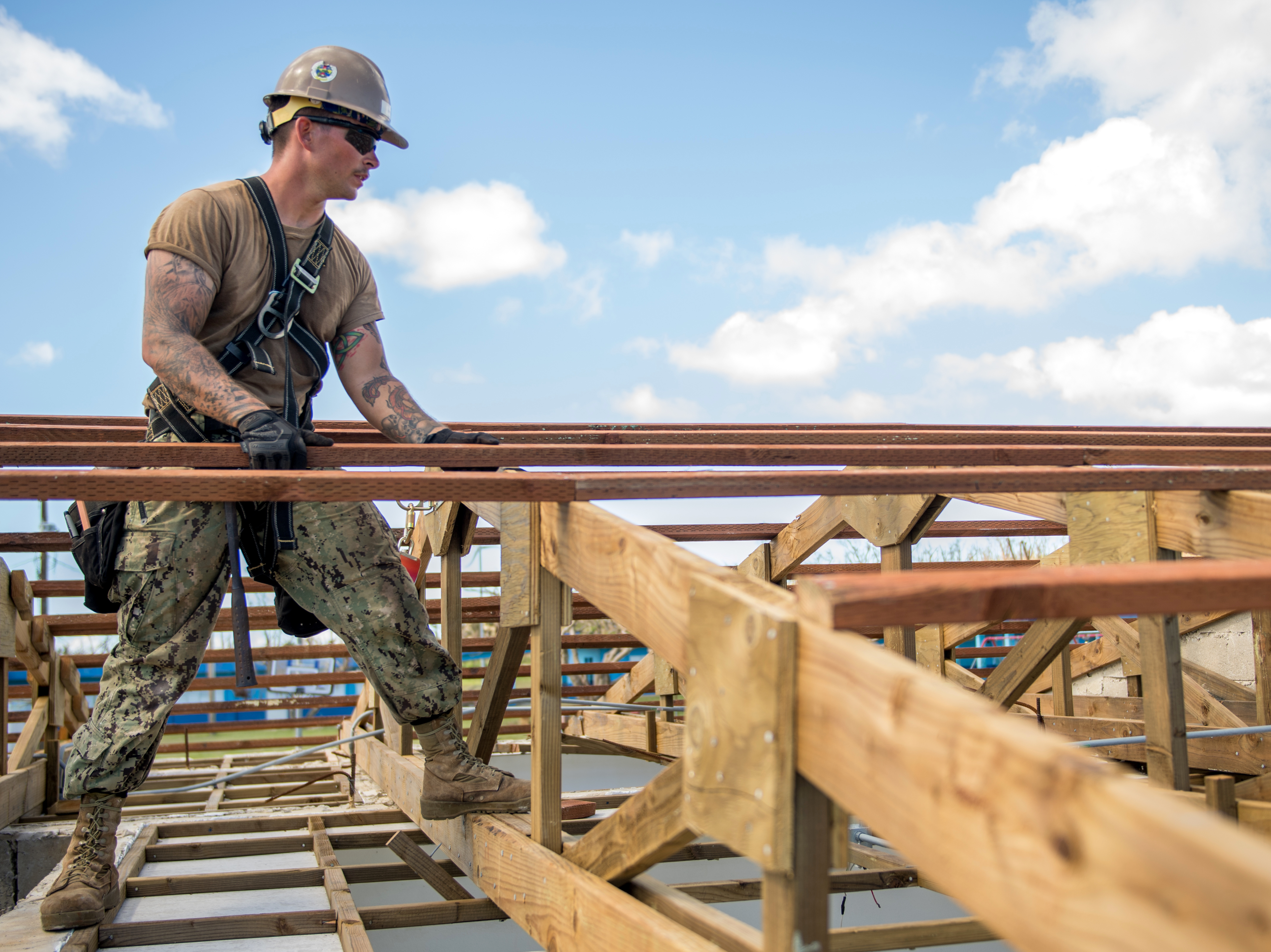
“The Japanese were able to take their tracks (tracked amphibious connectors) down to the Philippines and conduct a landing. So the Japanese did a landing with us, that landing was conducted under the guise of humanitarian assistance/disaster relief. The Japanese think a lot about their track and being able to utilize it in that component where you could put medical personnel in the back, or you have some type of logistics (mission) you’re going to help out with it,” Brodie said, adding “it was the first time the Japanese have landed outside of Japan since World War II.”
He said the ARDB – which falls under the Japan Ground Self-Defense Force, not the Japan Maritime Self-Defense Force – is still in the early stages of integrating with Japanese naval forces, but they are looking to the Marine Corps and the ARG/MEU team for guidance. Brodie said the 31st MEU got to work closely with the Japanese during the last deployment cycle, conducting subject-matter expert exchanges on topics like logistics and resupply, allowing the Japanese to view training events to help develop their own standard operating procedures, and hosting the Japanese onboard Wasp to watch how Marine aircraft maneuver on a ship.
“This is a partnership that is going to be enduring and grow, and I think we have a great opportunity to help them as they build their Amphibious Rapid Deployment Brigade,” Brodie said.





